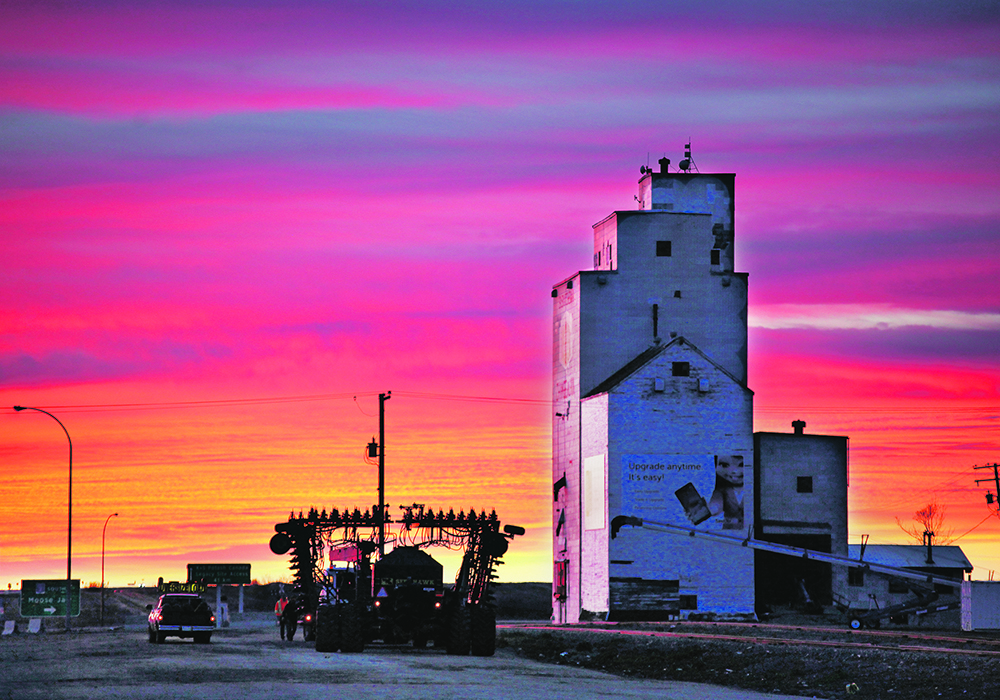Agency says farmers weathering high interest rates, rising input costs and supply chain woes better than other industries
Higher interest rates, input costs and supply chain interruptions might be challenging for producers, but Farm Credit Canada said farmers are in a strong position and it projects cash receipts to be higher than last year’s record.
Craig Klemmer, FCC’s principal economist, said agriculture is doing better than other industries this year.
“If we look at overall farm revenue, we’re looking at fairly strong growth,” said Klemmer. “A lot of that is higher commodity prices, specifically for grains and oilseeds, and a big improvement in production in Western Canada is driving a lot of that.”
Read Also

Manitoba community projects get support from HyLife
HyLife Fun Days 2025 donated $35,000 each to recreation and housing projects in Killarney, Steinach and Neepawa earlier this fall.
FCC projects farm cash receipts to climb nearly 16 percent over last year’s record and reach $96 billion for 2022.
“When we look at that aggregate number and we assume average production for this year, it tells a pretty good story,” Klemmer said. “When we get into individual operations, talking about different segments, this story might not be so rosy.”
One of those sectors Klemmer highlighted is ranching with prices not necessarily keeping up with costs.
“Cattle prices remain fairly low relative to the high feed costs. It’s a similar story we’re hearing throughout the livestock sector,” he said. “For some operations that are close to that break-even point already, the higher interest costs are just going to be one more thing that they are going to have to deal with, putting significantly more pressure on the operation.”
Recent downward pressures on grain prices could be the result of profit taking but, “when we look forward throughout the year, we have some uncertainty — some dryness in the United States and parts of Ontario and we’re going to trade in this weather market,” Klemmer said.
He said farms operating on thin margins may only break even if prices continue to slide.
The recent interest rate hike of a full percentage point, which raised the central bank’s key interest rates to 2.5 percent, up from 0.25 at the beginning of the year, shocked observers.
Klemmer said it might not be that surprising with some outlooks putting the annual rate at three to 3.25 percent by year’s end.
But the latest hike was expected to be 0.75 percent, something Klemmer said was an effort for the Bank of Canada to “front load” interest rate hikes.
“It’s difficult to say where we will go. Inflation will be the trigger that’s going to target what the Bank of Canada is going to do, as well as the health of the economy and labour market,” he said. “But at this point, I still think there are opportunities that the Bank of Canada will look to move rates up another 50 to 100 basis points (0.5 to one percent) by the end of 2022.”
Klemmer said the agricultural sector is used to fluctuations in commodity prices, input costs and other variables and can likely withstand interest rate hikes.
“I think what we’re seeing is a bit of a change, not only for agriculture but Canadian economy, in terms of interest rates and the impact on asset values,” he said.
The last few years have witnessed capitalization of interest into asset values.
“I think in Canadian agriculture the fact that farm cash receipts continue to be improved or are improving on strong commodity prices, there is reason to think land values will continue to increase,” said Klemmer. “However, we are seeing a slowing of that appreciation of land values as people digest these higher interest costs and what the costs of investments mean to their operation.”
As farmers brace for a higher interest environment, Klemmer said it should be business as usual with operations maintaining strong financial plans, marketing plans and risk management strategies.
“Ultimately, it’s really important that we have cash on hand so that we can meet those rate increases, interest payments and making sure we’re making all those debt repayments that we need to do,” he said.
















